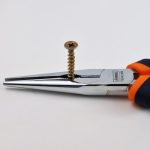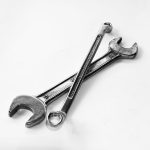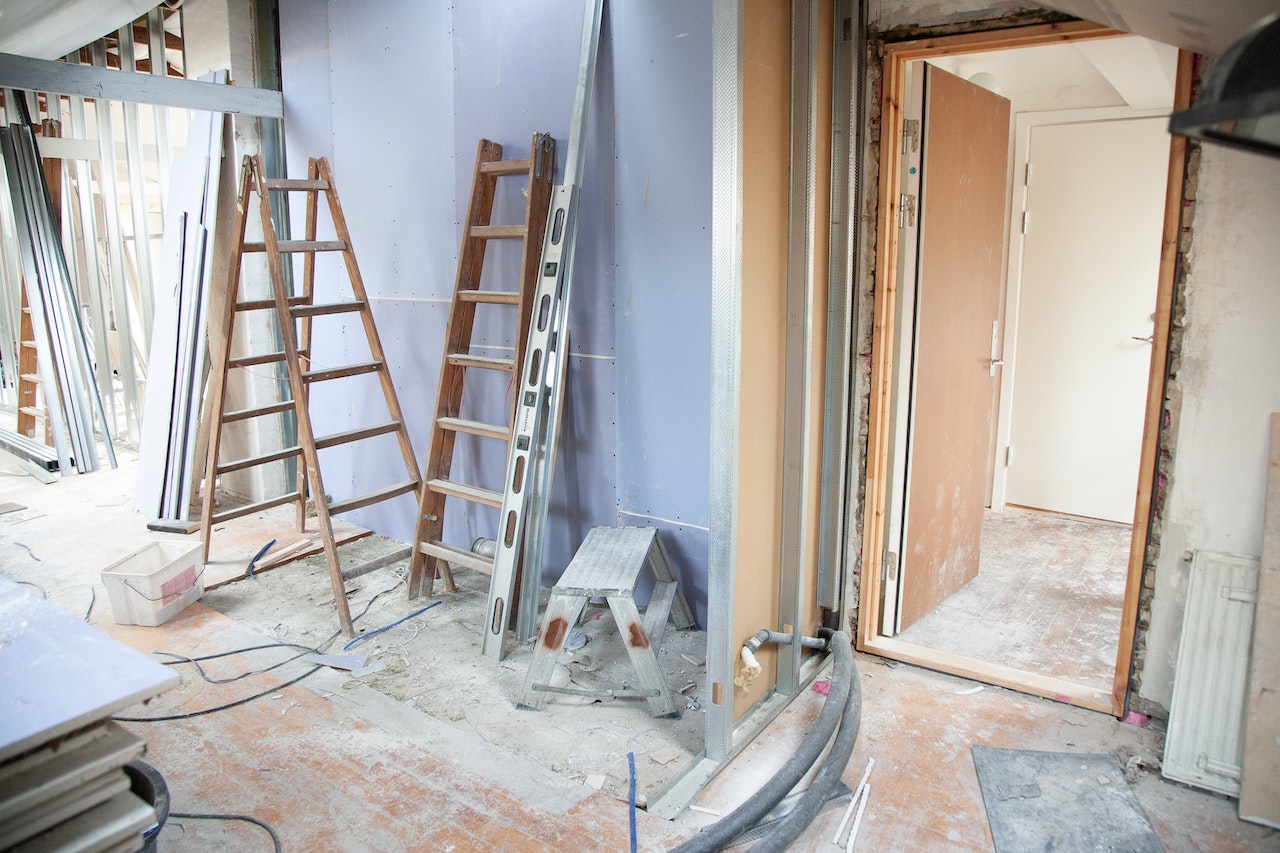Ladder safety is crucial to prevent serious accidents and injuries while working at heights. Whether you’re using a ladder for household tasks, construction, or any other purpose, following proper safety guidelines is essential to avoiding these accidents and injuries. This article aims to save you a headache or two. Here are some important tips for ladder safety:
1. Choose the right ladder:
– Select a ladder that is appropriate for the task at hand. Consider the maximum height you need to reach and the weight it can support.
– Ensure the ladder is in good condition without any visible damage or defects.
– Use a sturdy, well-built ladder made of the appropriate material (e.g., fiberglass for working near electricity, aluminum for general purposes, etc.).
2. Set up the ladder correctly:
– Place the ladder on a stable and level surface. If the ground is uneven, use ladder levelers or stabilize the ladder with appropriate materials to ensure it doesn’t wobble. If you’re working with another person, have the person hold the legs of the ladder for you to ensure stabilization.
– If working outdoors, avoid slippery or soft surfaces. These elements can cause you or the ladder to fall very easily.
– Extend the ladder fully, ensuring all locks and braces are engaged securely.
– For extension ladders, maintain a 75-degree angle by positioning the base 1 foot away from the wall for every 4 feet of ladder height.
3. Inspect the ladder:
– Before each use, inspect the ladder for any signs of damage, such as cracks, bent rungs, or loose screws. Do not use if you notice any of these flaws.
– Check the ladder’s weight capacity and ensure it is suitable for your weight and the tools/materials you’ll be carrying. Do not attempt to carry too much with you up the ladder.
4. Use proper climbing techniques:
– Face the ladder while climbing and maintain three points of contact (two hands and one foot or two feet and one hand) at all times.
– Avoid leaning or overreaching, as it can cause the ladder to become unstable and you can fall.
– Never stand on the top three rungs of a ladder unless it is specifically designed for that purpose. NEVER stand on the top of a ladder!
– Do not climb or stand on the bracing of a stepladder. It is not designed for such things.
5. Consider additional safety measures:
– If working at a significant height or for an extended period, consider using a safety harness or securing the ladder to a stable structure.
– Use a ladder stabilizer or standoff device to increase the ladder’s stability and keep it away from the wall or surface you’re working on.
– Keep the area around the ladder clear of debris, tripping hazards, or any obstacles that may cause accidents.
– Do not use a ladder during inclement weather conditions such as high winds or rain.
6. Practice general safety precautions:
– Avoid carrying heavy or bulky objects up the ladder that may cause you to lose balance.
– If you need to leave the ladder unattended, secure it or ask someone to hold it in place.
– Do not use a ladder as a work platform or scaffold unless it is designed and rated for such use.
– Communicate with others in the vicinity, informing them about your work and the presence of the ladder.
Remember, ladder safety is absolutely essential to protect yourself and others from injury. Always follow the manufacturer’s instructions and guidelines specific to the ladder you are using.
We hope that this article is helpful to you and keeps you safe and injury free! Stay tuned to our blog for other great articles in the future. Thank you for reading!








